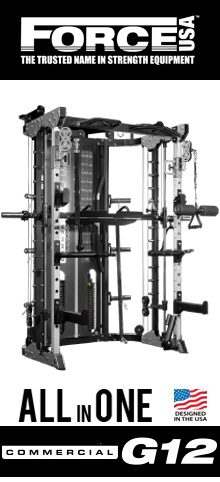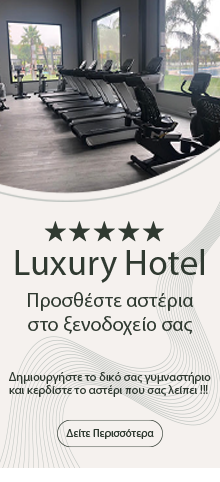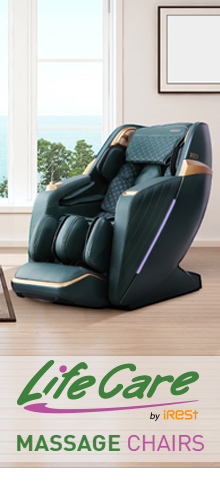Treadmill Types
Manual Treadmills
Manual Treadmills are based on an older technology. They rely on a belt and rollers, the user is the one who sets the tempo. Since the belt does not move by itself, the user determines the speed based on their step, thus making the machine more difficult to use, harder on your knees and less likely to last long-term. Finally, manual treadmills are by far the most economic choice, not just because they come without a motor but also because they are usually made of lower quality components.
Motorized Treadmills
Motorized Treadmills come with a motor, which moves the running belt, meaning that you don't have to supply the motion like you have to with manual treadmills. You can always adjust the speed at the touch of a button, while many models allow you to also adjust the incline the same way. Motorized treadmills are more expensive than manual ones. The good news is that there are many options available, depending on the what exactly you need the treadmill for. For example, a smaller treadmill made for walking will cost less than a larger model for intense running.
What you should pay attention to, before making your choice
Treadmills are by far the most popular pieces of fitness equipment on the market. There is no other category where you will have so many options.
In this section, we will detail some of the more basic characteristics of treadmills, which you should be aware of before making your choice. If you have any questions, we are always at your disposal to help you make the right decision for you.
Horsepower
The term ‘horsepower’ is a unit of measurement for motor size. A large horsepower (3hp or more) generally indicates a higher quality motor which will last longer than a small motor size. Higher power motors (2.5HP and above) are more suitable for users who would like to run, while lower power motors (around 1.75 - 2.0 HP) are usually best suited for users who move slower or just like to walk. That being said, this isn't absolute as much is also determined by the general build and frame of a treadmill which is reflected on some of the below factors.
Maximum User Weight
This is a simple but important factor, useful to indicate the quality of the treadmill frame. For a example a maximum user weight of over 140 kg indicates a robust treadmill for regular home running. Commercial Treadmills often come with ratings that approach or even exceed 180 kg, because they are used non-stop at the gym.
We advise you against choosing a model, whose maximum user weight stated is almost equal to your weight. A motor that operates at its limits is more likely to have a shorter lifespan than a motor that operates at a gentler pace.
Together with the maximum user weight, take a look at the total weight of the treadmill. If a treadmill boasts a high user weight rating, then it follows logically that the frame should be equally robust. If for example you observe a model with a user weight rating of 150 kg and a frame weight of 50 kg, then something suspicious is probably going on.
Running Belt Dimensions
Your choice when it comes to the running belt depends entirely on what you are looking for in a treadmill.
If you only plan on walking or you are of average height, then one of the smaller belts (Length: 120-130cm, Width: up to 42cm), will probably be enough. If you are an avid runner, then it would probably be best to invest in model with a larger belt (Length: at least 140cm, Width: at least 50cm). That way you will be more comfortable and safe. How large a running belt you need, depends on your body type and the intensity of your training.
Incline
Most treadmill will let you adjust the running deck's incline level. The higher the incline, the more challenging the exercise, same way that walking uphill is more difficult than walking on a flat surface. At higher incline levels, your body will burn more calories. However, your knees will also be under more strain.
Based on the Incline, we can split treadmill in 3 categories:
- Treadmills without Incline: In these treadmills you can only walk or run on a flat surface. These models are usually lower Horsepower entries.
- Treadmills with Manual Incline: In this case, you can adjust the incline. However you can only do this in limited levels ( usually 2-3) and also manually. This means you need to stop your workout, dismount, adjust the incline with the help of a selector pin and then resume training.
- Treadmills with Motor Incline: Treadmills with a Horsepower rating of 2.0HP - 2.25HP) and over, almost always come with this feature. The way it works is that your treadmill has a second motor built in, which allows you to adjust the incline level at the touch of a button during your workout. There are many more available levels (usually >10) compared to the manual incline models. What is also important is that incline changes can be incorporated into automatic workout programs.
Shock Absorption
Running on a treadmill with a shock absorption system can reduce the impact on your body by 40%. This will reduce common running injuries and allow you to run for longer. The most common types of shock absorption are springs and elastomers, both are effective in their way.
Heart Rate Monitoring
There are two ways a treadmill can measure your heart rate level:
- Handgrip Sensors: Even the most basic treadmills come with this feature. This data should not be used for medical purposes! In order to get a more accurate read, your palms should be wet and your grips firm on the the sensors. This can be tricky while you are running, so it is probably best to reduce your speed temporarilly.
- Wireless Chest Strap: Higher quality treadmills are usually compatible with a wireless chest strap and even offer workout programs based on this metric. The chest strap is more accurate than the hand sensors, but it should still not be used for medical purposes. Finally, thanks to the HR programs, a treadmill can adjust the difficulty level depending on your heart rate level to help you achieve your goals.
Make sure you have the right space
Treadmills can be surprisingly large. So check the assembled dimensions and of course the possibility of folding if you are unsure. For safety reasons, make sure there will be no obstructions directly behind the treadmill.
We would caution you to avoid spaces with increased heat or humidity, as they could damage the electronic components of your treadmill and in some cases even void its warranty.
Some last suggestions
After you have familiarized yourselves with all technical specifications and before you make your final choice, please be sure to consider not only your own needs, but also those of the rest of your family. For example, if you weigh 90 kg but a family member weighs 115 kg, then choosing a model with a user weight rating of 110 kg would be a mistake. Conversely, a low horsepower treadmill will not likely cover the needs of a large family, even if all members are light of weight. These are common mistakes that you can easily avoid.
 English
English
 Ελληνικά
Ελληνικά







